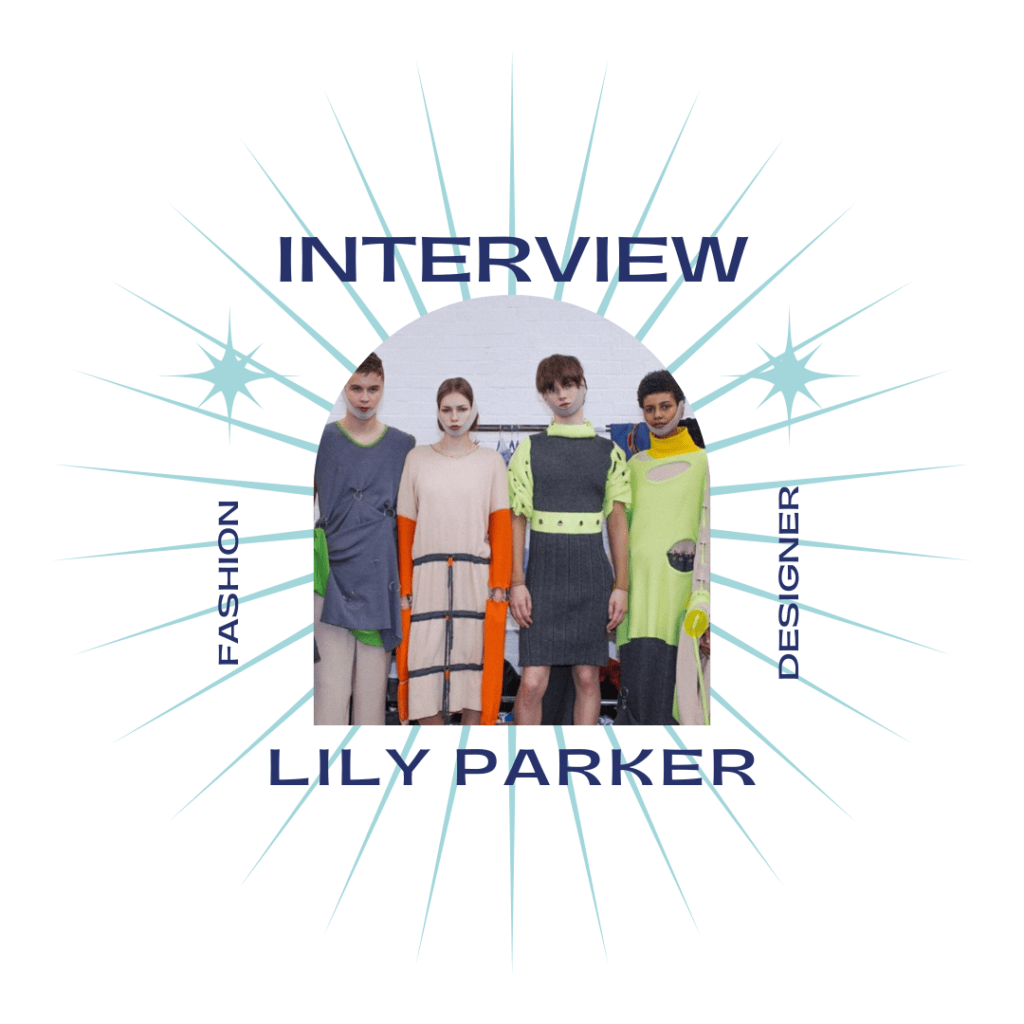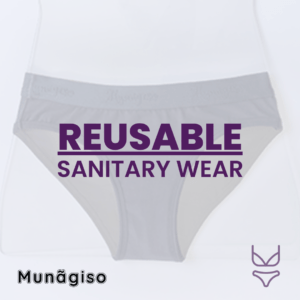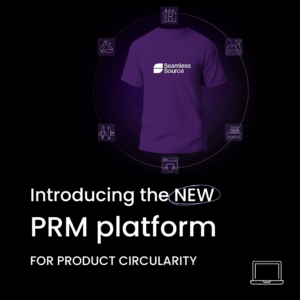This week, our team had the opportunity to interview upcoming knitwear designer Lily Parker. As a recent graduate, Lily had her amazing final collection featured at Graduate Fashion Week in London. Lily’s designs focus heavily on strong colour pallets and unique yet modern cuts for the silhouette. Reaching out to both female and male demographics, Lily’s unisex collection has a variety of styles, techniques and oversized modern shapes.
In our interview with designer Lily, when asked what it takes to become a successful fashion designer, she mentions; “I believe that it takes a certain type of attitude and determination to be able to work in such a high pace and high intensity environment.”
If you’re an aspiring fashion designer and you’re at a point of deciding whether to pursue a degree in fashion or not, then read on. Our interview with Lily highlights what it is like to become a fashion designer and what the process is really like, from a first-hand designer fresh out of university!
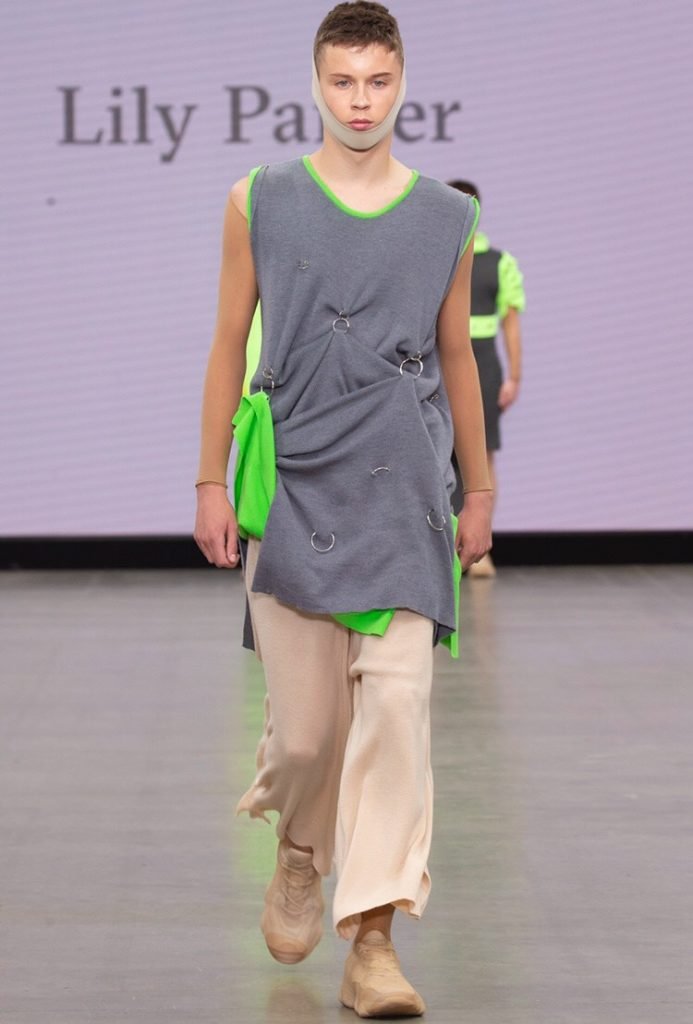 Firstly, tell us when you decided you wanted to go into fashion design?
Firstly, tell us when you decided you wanted to go into fashion design?
I started to explore textile design when I was 11 during high school, I’ve always found myself being creative, but I don’t believe I really found my feet with what I truly want to say as a fashion designer until studying full time at University. It’s been over 10 years since I began working within textiles, so it feels like second nature to me.
Why did you choose fashion design to pursue as a career?
I have found myself stuck between being a fashion designer or a textile designer throughout my degree. As studying Textiles in Practice there isn’t a necessary need to take sampling work towards garment design but it was something that I just really wanted to try.
I found that I enjoy working on a larger scale, seeing where my textiles can be placed onto the body. I’m so glad that I recognised my interest in fashion design at this point within my design career because I can now work in fashion but from a textile background which I feel is a huge unique strength.
How easy do you find it to source fabrics for your designs?
As my entire final collection is Knitwear, I have created all of the knitted jersey fabrics myself. I use yarns from a range of suppliers but always focus on using natural cottons and wools as my main materials.
 What is your favourite part about being a fashion designer?
What is your favourite part about being a fashion designer?
I think as a society we are really beginning to push what fashion can be in the current climate. Fashion is mostly about expression and individuality and I enjoy being able to design within a world that is at its most open minded for young creative’s ideas. I think that no matter what your work won’t be appreciated by everyone, but I feel confident to share my own vision and designs because I know that no matter what we can always inspire even a little change with what we create.
What is your least favourite part about being a fashion designer?
My least favourite part is that the industry itself seems so huge and overwhelming, after graduating it feels easy that you can get lost or left behind quite quickly, but for myself this just inspires me to work harder to keep myself recognised.
In terms of starting your fashion design career, what has been the most difficult part so far?
I think that the difficult part is yet to come, University is so freeing and offers incredible facilities and time to really consider what you want to achieve and create, whereas as soon as you graduate it feels as though the freedom has been stripped away.
Quickly you need to think about money for rent and it becomes less realistic to be constantly submerged within your passion. I am currently looking towards working within knitwear/knitting swatch design companies to gain industry experience as well as any other opportunities that I may be offered. It seems as though the next step in my design career is of huge importance and there are so many opportunities, so it’s hard to decide what is right for myself as an individual.
Do you think it is important to come from a creative background in order to become a fashion designer?
Absolutely not! Some of the best designers like McQueen were clearly just talented and worked hard to achieve what they did. I have been surrounded by designers from all walks of life during my education and I don’t believe it is important that they come from creative backgrounds. A lot of the time it is about opportunity and confidence within your own skills.
To find out more about the importance of a fashion degree, check out our article ‘How to get into the Fashion Industry’.
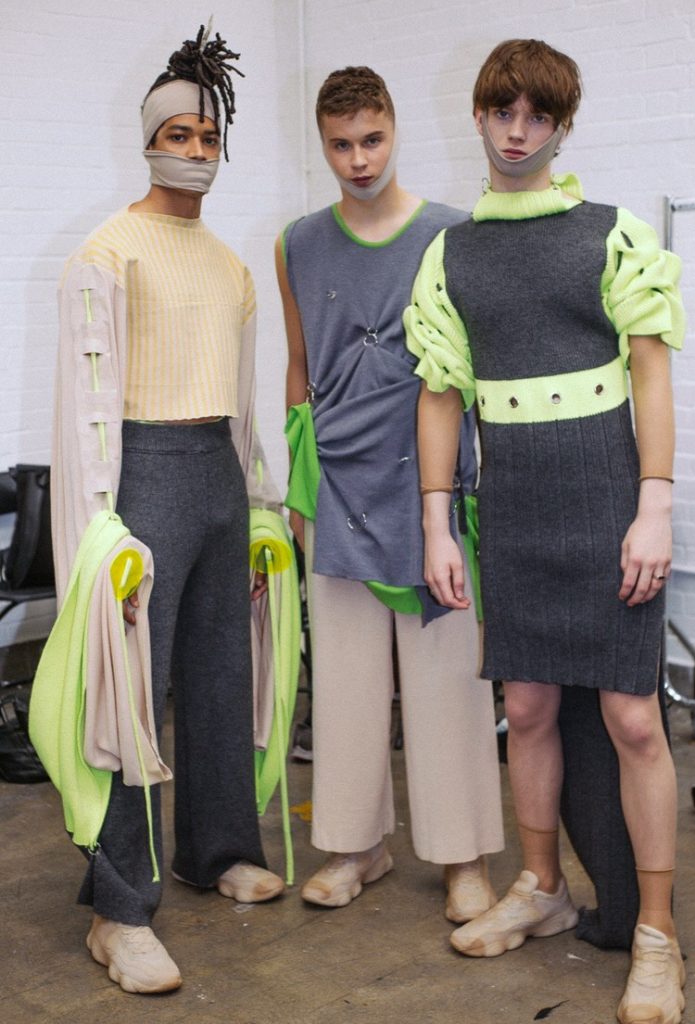 What obstacles have you faced as a graduate in fashion design?
What obstacles have you faced as a graduate in fashion design?
As I have previously mentioned I believe that I’m soon to face said obstacles and decisions that will shape my future. However, as a new point there are a lot of issues with creative funding that I and my peers have faced during and after our studies.
Unfortunately, art subjects are currently politically misunderstood as to the importance that they have on our society and so it would be much better and easier for new graduates like myself to be able to move into creative jobs if the current political situation wasn’t going on. However, I believe that to be successful I have a drive to push past these boundaries and use it as motivation to take and appreciate any given opportunities.
What has inspired your fashion designs?
The designs themselves were inspired by a collaboration of research; firstly my final dissertation topic of the typically ‘feminine silhouette’ which inspired me to then design something completely opposing, using an oversized aesthetic and a unisex colour palette.
I wanted to make my collection Unisex but not even typically unisex, by taking the concept of gender away from my clothes entirely. During designing I was not specifically tailoring my pieces around any form but instead using the clothing to show my design ethos (answered in next question).
The pulls, rings and mixed media additions were then inspired lightly by workwear, and the use of sophisticated materials and a toned down ‘industrial’ colour palette meant that I was able to create a high-end luxury feel to completely oppose the initial research stages.
Has sustainability influenced any of your designs and why?
During research I began looking into Emotionally Durable Design, this lead into a very important ethos that I follow. I believe that currently we are facing a lot of issues within fast fashion, having clothes sold so cheaply and made with no durability.
My collection uses interactive and interchangeable materials to be able to completely rework and re design the way that each piece is worn to suit individual personalisation. This importantly reconnects the consumer with the feeling of appreciation to my designs, offering the opposite of a fast fashion concept and meaning that my designs last longer and are therefore sustainable.
To find out more about sustainability, check out our blog posts. Alternatively, if you’re currently trying to source an eco-friendly and sustainable garment manufacture, Chanodil can connect you with a variety of global ones that are suitable for your fashion designs. To find out more, contact us.
What strengths and skills do you think it takes to become a successful fashion designer?
I believe that it takes a certain type of attitude and determination to be able to work in such a high pace high intensity environment. I feel that personally you need to be able to make fast decisions and not be too precious about work that you have done, if something doesn’t work with the collection as a whole and it took you weeks to create it is hard to let that go but that is just part of the industry.
What do you think is the most difficult part of trying to become a successful / established fashion designer?
I think even with the most confident attitudes fashion can be very cutthroat, it takes a lot of confidence to remain true to your design ideas and entire vision. I would say that I am very proud of how I have been able to come from a different background towards fashion design, but still made it to Graduate Fashion Week 2019and held my own in a room full of designers that were completely different from myself.
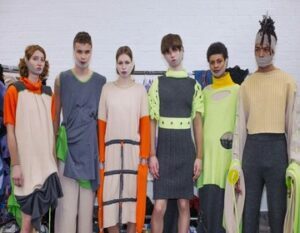 What key lessons have you learnt so far about becoming an emerging fashion designer?
What key lessons have you learnt so far about becoming an emerging fashion designer?
I think that it is important to listen to and understand your audience, once you are able to tap into something that is missing / needed within our current climate is means that you stand out and offer something new. I believe that my final year at university was a tough experience, but I am so glad to have remained strong and optimistic and truly pushed myself to the best of my potential.
How do you stay up to date with fashion?
I find that there are so many ways to be inspired to create for fashion currently. Even trend research in itself doesn’t mean that you have to just look towards fashion designers and new collections for inspiration.
It is often about what is going on within music, culture, politics, food and living trends that also give the specific demographics that I am aiming towards a voice, fashion is about expressing a voice and an opinion of individuals and then I take this information to understand how I can use my own skills to create something that helps express this.
I do also love magazines – I have a huge collection that I often refer back to for colour palettes, textures and shapes of individual garments.
I hope that the future of my design ethos can be heard by larger fashion houses and truly appreciated to be able to design for change. Specifically, the garments that I have made although they do stand as individual pieces my collection more so speaks of an overall message and way of thinking about material and the fast fashion climate that we are in.
If you want to find out more about Lily’s collection, check out her Instagram at: @lillknit.
If you would like to read more from our collective of interviews, you will find them over on our blog.
